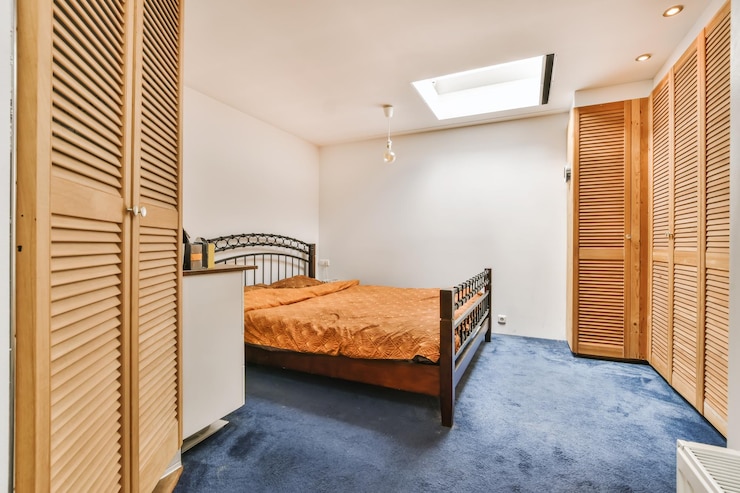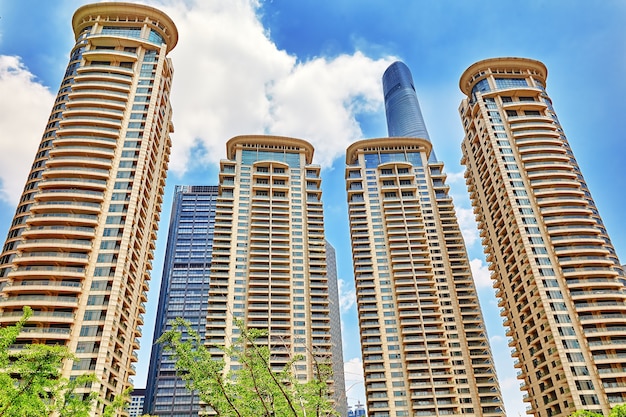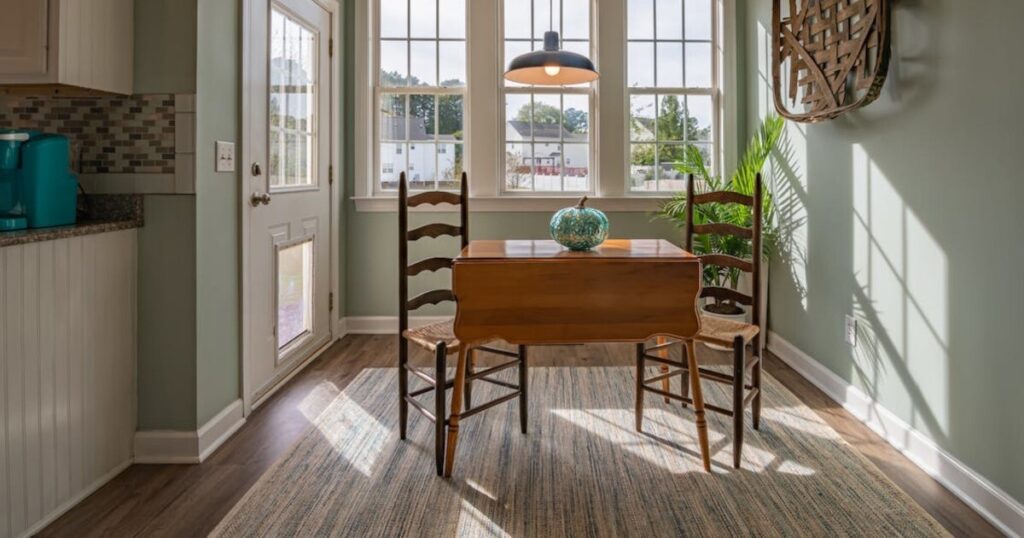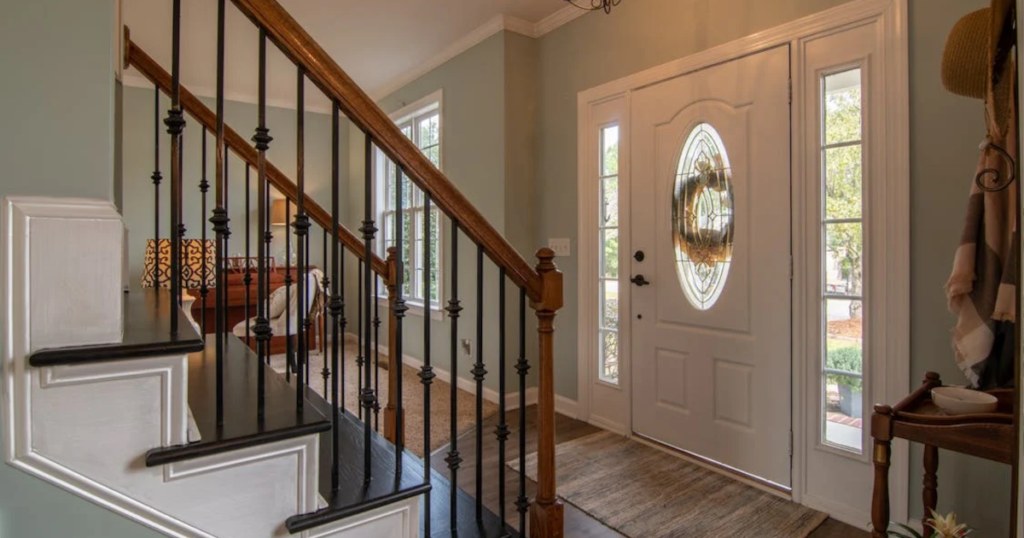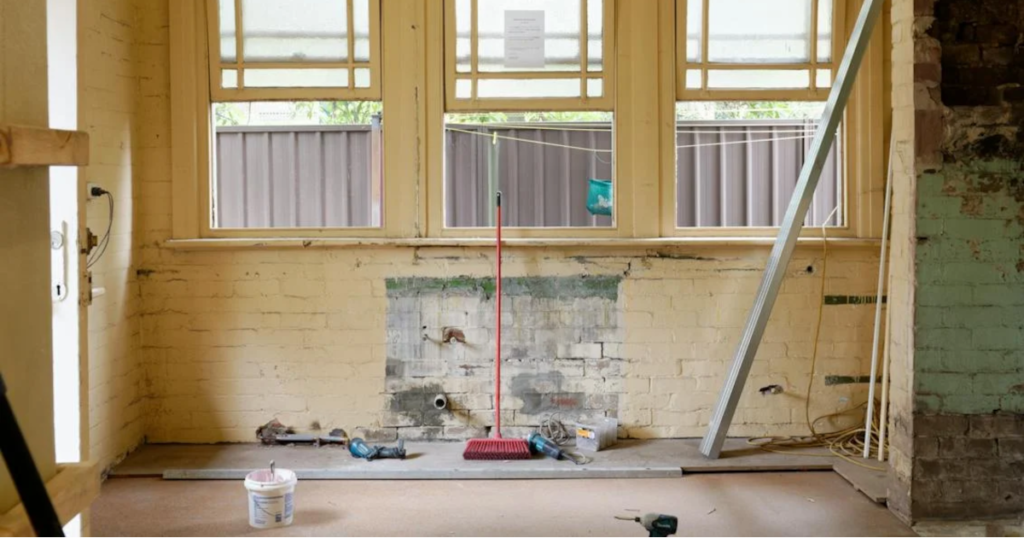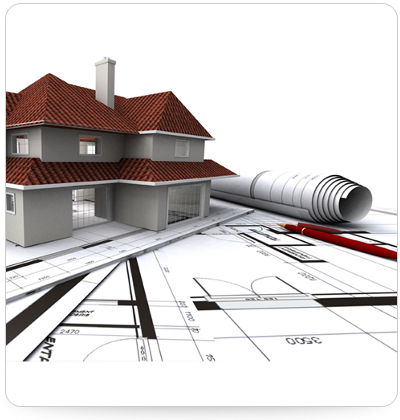In the hustle and bustle of cars and the fast pace of projects, a personalized travel mug becomes more than just a container. It’s a brief moment of respite and solace.
Recognizing the importance of this daily ritual, the laudabaltic.lv blog delves into an often overlooked aspect of occupational health and safety – the maintenance and selection of a personalized thermal mug. This article aims to provide you with valuable tips on how to keep your mug safe and hygienic while ensuring that it complements your dynamic work environment.

Importance of regular travel mug cleaning
Regular cleaning is often overlooked in fast-paced everyday life, but it remains a cornerstone of maintaining a healthy and efficient environment. Let’s examine the crucial importance of cleanliness not only in our homes but also in our workplaces and public spaces, highlighting its impact on well-being, productivity, and disease prevention.
Keeping bacteria at bay
Regular cleaning is essential to prevent the build-up of bacteria and mold, posing significant health risks. Personalized travel mugs, especially those often used in the construction, manufacturing, and transport industries.
They are exposed to higher levels of contaminants than conventional office spaces. It is recommended that the mug be washed thoroughly with soap and warm water after each use.
For mugs with complex designs or hard-to-reach areas, consider using a bottle brush to ensure that all nooks and crannies are cleaned. In addition, periodic deep cleaning with baking soda or vinegar can help remove stubborn stains and odors, providing the jug is safe and pleasant to use.
Avoiding the use of harmful materials
When navigating today’s wide range of products and materials, it is essential to be aware of the harmful effects of some of them on our health and the environment. This section examines the importance of avoiding harmful materials and provides insights into how informed choices can lead to safer and more sustainable living and working environments.
Selecting the right mug
The material of the travel mug is essential for both health and environmental reasons. Many cheap plastic products contain bisphenol A (BPA), a chemical linked to various health problems.
These include hormonal disorders and an increased risk of certain cancers. Choose cups made from BPA-free plastic, stainless steel, or glass thermal cups.
These materials reduce health risks and provide better insulation properties, keeping the drink at the desired temperature for longer. In addition, the quality of the cup’s manufacture should be considered to ensure that it is durable and safe for use in unpredictable conditions.

Choosing BPA-free and safe materials
In an era of increased consumer awareness, choosing safe and BPA-free materials in everyday products has become a significant health and environmental concern. This section aims to explain the importance of selecting materials that ensure our personal well-being and support our commitment to preserving the planet for future generations.
Understanding the Risks choosing travel mug
When choosing a personalized thermal shirt, the presence of BPA and other potentially toxic substances is a significant concern. Continuous exposure to these chemicals, especially in environments where physical exertion and working with machinery are frequent, can intensify their adverse effects.
I prefer thermal cups that clearly state that they are BPA-free. In addition, the safety of other materials used to manufacture the thermal cup, such as lead in ceramic glazes or phthalates in plastics, should be investigated. It is best to choose manufacturers that are transparent about their materials and adhere to strict safety standards.
Prioritizing health selecting travel mug
In conclusion, personal thermal comfort is a small but essential part of individuality and comfort in construction, manufacturing, and transport. You will ensure your health and safety by emphasizing regular cleaning, choosing materials that do not contain harmful chemicals, and selecting high-quality, durable products.
For Laudabaltic.lv readers who are used to navigating complex industries, applying the same level of care to selecting and maintaining your thermal shirt underlines a commitment to excellence and well-being. Let your personalized thermal shirt carry your favorite beverage and reflect your commitment to health, safety, and environmental responsibility.

Sveiki, esmu celtnieks un esmu par to ļoti lepns, daru savu darbu no sirds, un priecājos par rezultātu. Brīvajā laikā rakstu blogu, spēlēju futbolu, un pavadu laiku ar ģimeni.
Aivars.
